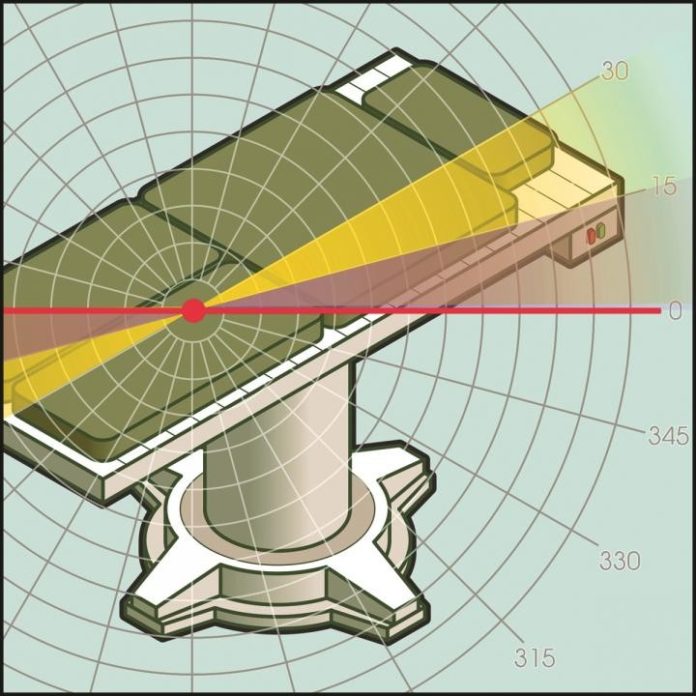
New research is challenging what many obstetricians and physician anesthesiologists believe is the best way to position women during labor. According to a study published in the February issue of Anesthesiology, the official medical journal of the American Society of Anesthesiologists® (ASA®), the traditional practice of positioning women on their side, with hips tilted at 15 degrees, during labor does not effectively reduce compression of the inferior vena cava, a large vein located near the abdominal area that returns blood to the heart, as previously thought. In fact, not until the degree of tilt reached 30 degrees did blood flow only partially increase in patients, the study found.
“It is widely believed that lying women flat on their back during labor can lead to dangerously low blood pressure caused by the compression of both the inferior vena cava and the aorta due to the weight of the fetus,” said Hideyuki Higuchi, M.D., study author, department of anesthesiology, Tokyo Women’s Medical University, Japan. “It is accepted by many physicians that positioning women on their side, with hips tilted at 15 degrees, during childbirth reduces this complication. However, our research found no evidence of aortic compression in pregnant women in any position and the recommended degree of tilt that most physicians follow did not reduce compression of the inferior vena cava at all. This is the first study to challenge this antiquated practice.”
In the study, magnetic resonance images (MRI) of 10 pregnant women at full term and 10 non-pregnant women were obtained for measurement of the abdominal aorta, the largest artery in the abdominal cavity, and the inferior vena cava. Measurements were taken while the women laid flat on their back and while tilted at 15, 30, and 45 degrees. Foam was placed under the right side of the study participants to achieve the desired amount of tilt.
The study found that abdominal aortic blood volume did not differ significantly between pregnant and non-pregnant women regardless of the position in which they were placed. Conversely, inferior vena cava blood volume was significantly lower in pregnant women than in non-pregnant women when the women were positioned flat on their back, indicating almost complete compression of the vein. Inferior vena cava blood volume did not increase at 15 degrees, but partially increased at 30 degrees.
An accompanying editorial commented favorably on the study’s results, but offered a word of caution:
“Although it would be great to be able to conclude by saying all of our patients in the delivery room should be placed in at least 30 degrees left lateral tilt after regional anesthetic, I have serious doubts that our obstetric colleagues would find it a reasonable position for cesarean delivery, particularly in obese patients,” said editorial author Craig Palmer, M.D., department of anesthesiology, University of Arizona College of Medicine in Tucson, Ariz. “There quite probably are patients for whom the modest (15 degree) tilt we apply has a salutary effect. However, I will have to be less dogmatic about the practice. Kudos to the authors of this study for revisiting an ‘ancient’ practice, applying current technology to the matter, and shedding new light on an old routine.”
Story Source:
The above story is based on materials provided by American Society of Anesthesiologists (ASA). Note: Materials may be edited for content and length.
Journal Reference:
- Hideyuki Higuchi, M.D.; Shunichi Takagi, M.D.; Kan Zhang, M.D.; Ikue Furui, M.D.; Makoto Ozaki, M.D. Effect of Lateral Tilt Angle on the Volume of the Abdominal Aorta and Inferior Vena Cava in Pregnant and Nonpregnant Women Determined by Magnetic Resonance Imaging. Anesthesiology, January 2015 DOI: 10.1097/ALN.0000000000000553
